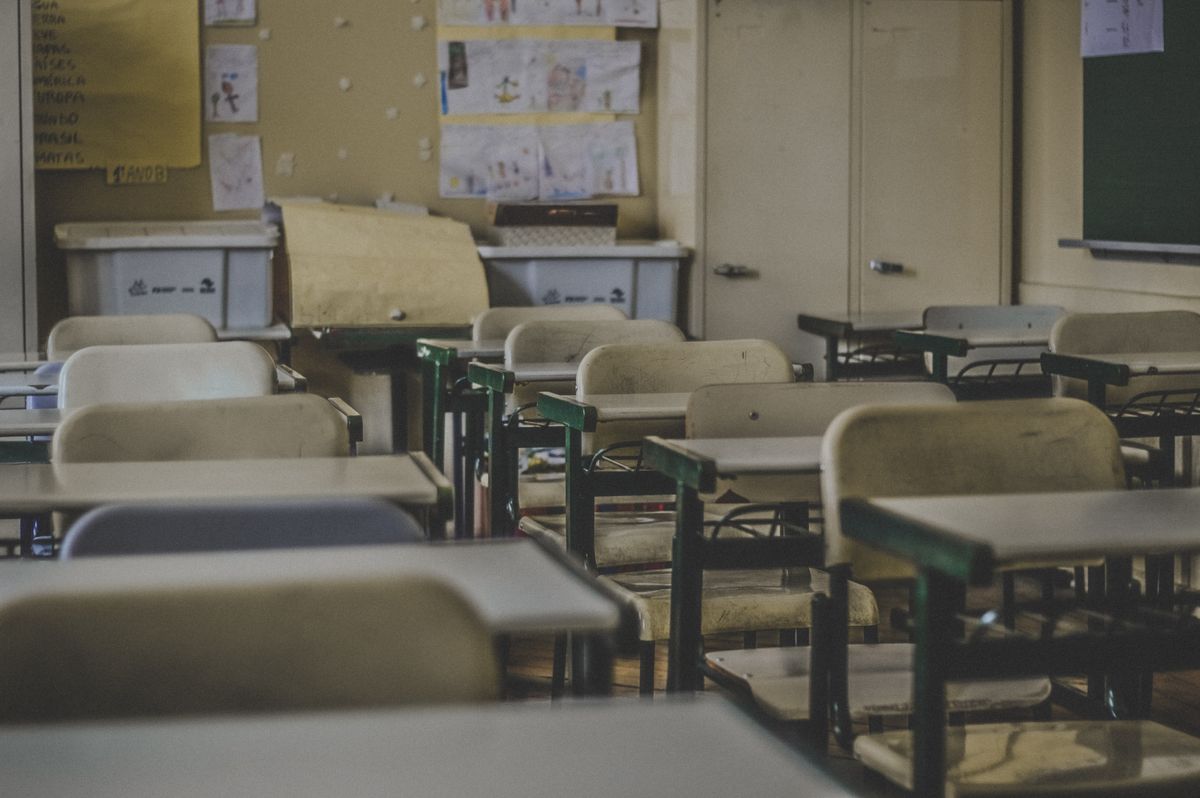
Districts around the country are sharing plans for the reopening of schools this fall. In many cases the plans are rather complex and impractical for working families. For example, many have schedules in which students attend school part time, which could involve being in school buildings two to three days per week or having schedules that require being in the building for just the morning or afternoon. It may even vary from week to week.
Not only is this a problem for families, it could be a problem for districts as the President has threatened to withhold funding for schools that don’t fully reopen. Many governors, mayors, chancellors, and superintendents are livid as this puts the lives of students and staff at risk.
However, if we can re-imagine school, there is a way to fully open buildings following Center for Disease Control (CDC) guidelines. The heart of this plan is the idea of providing childcare during the day for those who need it most, younger students, while also providing face-to-face options for older students during after-school hours.
Here’s how this could work:
Utilize local unused and underutilized spaces
Districts partner with all the colleges and universities in their communities. Since many are going to be remote or have a modified schedule this fall, there could be plenty of space. At teachers colleges, for example, classes usually don’t start until 4:00 pm, so those are also spaces that could be used.
In addition to colleges and universities, there may be other unused/underutilized spaces such as churches and community centers.
Schedule shift
Don’t split schedules within schools. That will be a disaster for working families. Instead, split schedules to provide options for those who need it most: Younger students during the day and older students after school. This supports families who have child care needs. For older students, research has consistently shown a later start is better. It’s good news for everyone.
Student schedules
Students schedules could look something like this:
- High school – Afterschool: Students attend school after day school ends.
- Elementary / Middle School – Day school: Students attend school during the day.
- Students with disabilities: These students would have day and evening options
Staff schedules
High school teachers – In this scenario, educators would have the option to work afterschool for traditional face-to-face instruction with physical distancing guidelines in place. They could also choose the hybrid or virtual model, which would enable them to work mostly daytime hours.
Elementary / Middle school teachers – These educators could select a traditional daytime schedule with physical distancing guidelines in place. They could also select a more flexible hybrid or virtual schedule.
For support staff, there could be more choices and flexibility in options other than the traditional one-size-fits all model of the past.
Virtual school
In places with high numbers of COVID-19 cases, a sizable percentage of families prefer their children learn from home when schools return. A national USA Today/Ipsos poll indicates that 59% of parents with K-12 students surveyed are very or somewhat likely to pursue at-home learning—online school or homeschool—for their children if schools reopen in Fall. In New York City, 25% of families surveyed said they prefer their children learn remotely in Fall.
To be responsive to parents needs, all districts should put in place a virtual school option to accommodate family preferences.
Hybrid approach
In a hybrid scenario, students would do some work virtually and come to school part-time with face-to-face support from a teacher for other work and activities, such as:
- Extracurricular activities (music, theater, art, eSports)
- Sports that are safe (i.e. tennis, track, social distance baseball)
- Tutoring
- Office hours
- Study group / group work
- Clubs
When we rethink spaces, shifts, and how school is done (i.e. virtual, hybrid), we can meet everyone’s needs. Teachers have more flexibility in choosing a schedule that works for them. Families have child care. Teenagers get to sleep more. Everyone can have safe physical distancing as well as more options for effective learning.
Lisa Nielsen (@InnovativeEdu) has worked as a public-school educator and administrator since 1997. She is a prolific writer best known for her award-winning blog, The Innovative Educator. Nielsen is the author of several books and her writing has been featured in media outlets such as The New York Times, The Wall Street Journal, Tech & Learning and T.H.E. Journal.
Disclaimer: The information shared here is strictly that of the author and does not reflect the opinions or endorsement of her employer.

